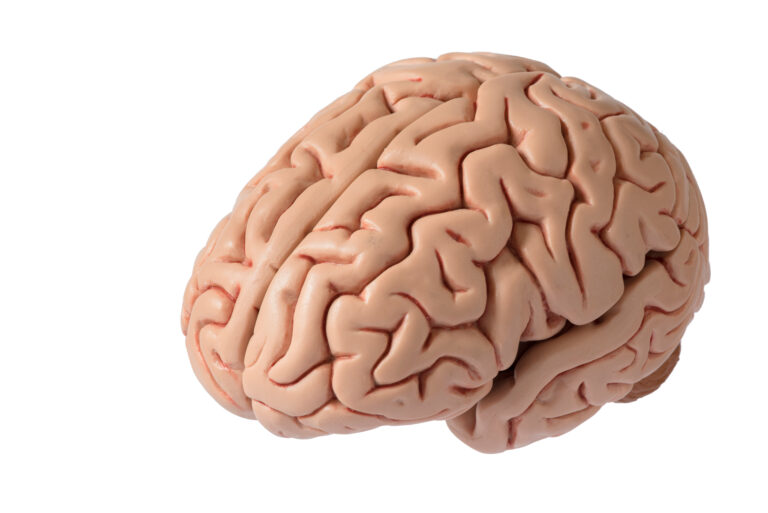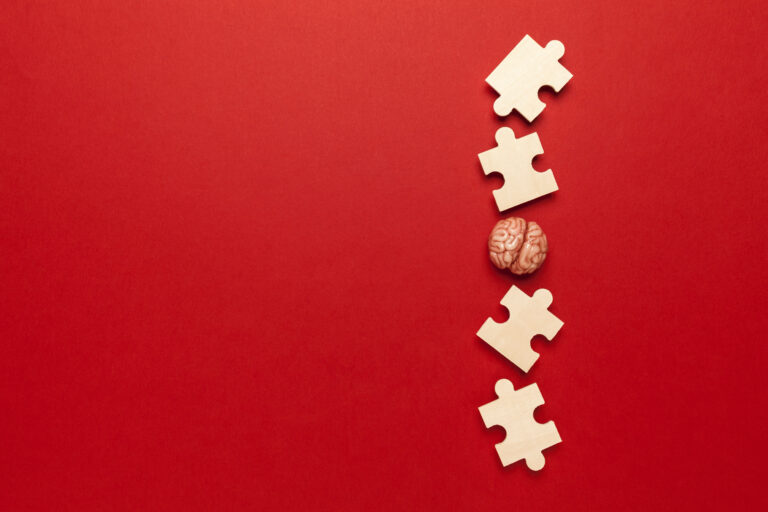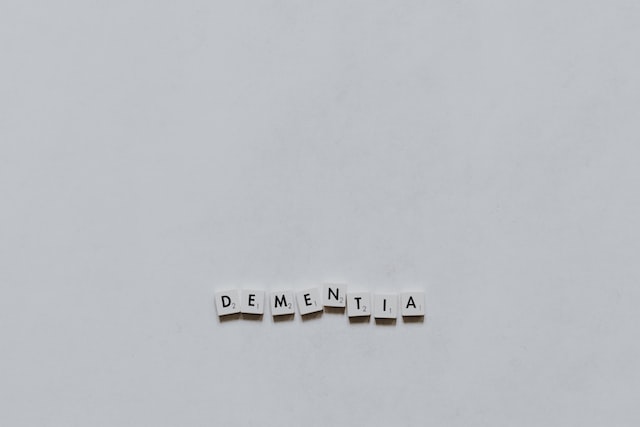Dementia is a condition that affects millions of people worldwide. It is a progressive brain disorder that impairs memory, cognitive function, and daily activities. As the disease progresses, it can result in a range of behavioral changes, including the misuse of household items.
When we think of dementia patients misusing household items, our minds may immediately jump to images of individuals using dangerous tools or appliances in an unsafe manner. While this can be a concern, there are many other ways in which a person with dementia can misuse common household items.
One of the main reasons why dementia patients may misuse household items is due to their declining cognitive abilities. As the disease progresses, individuals with dementia may struggle to remember the purpose and proper use of certain items. They may also experience difficulty in following instructions or understanding the consequences of their actions.
For example, someone with dementia may mistake a bottle of cleaning solution for a beverage and accidentally consume it. Or they may use a knife to open a can, unaware of the potential danger it poses. These types of situations can be dangerous for both the individual with dementia and those around them.
Another reason for misusing household items could be due to misperception or confusion. Dementia can cause changes in perception and interpretation of the world around us. This means that a person with dementia may see things differently than they used to, leading to misunderstandings and misuse of objects.
For instance, someone with dementia may see a television remote and mistake it for a phone. They may then try to make a call using the remote, causing frustration and confusion. In this scenario, it is important for caregivers or family members to provide gentle reminders and guidance to prevent any mishaps.
It is crucial for caregivers and family members to be aware of these issues and take steps to prevent them. The first step is to ensure a safe living environment for the person with dementia. This includes removing any potentially harmful items from their reach and storing them in a secure place.
It is also essential to educate oneself on the proper management of the disease. This includes understanding the common symptoms and behaviors associated with dementia, as well as ways to communicate effectively with someone who has the condition. By understanding the disease, caregivers and family members can better anticipate and prevent any potential misuse of household items.
Another way to prevent the misuse of household items is to modify the items themselves. For example, replacing sharp knives with safer alternatives or using childproof locks on cabinets containing cleaning products can help reduce the risk of accidents.
Caregivers should also encourage and assist the person with dementia in performing daily tasks. This can help them maintain a sense of independence and prevent frustration or confusion that may lead to misuse of household items.
In some cases, it may be necessary to seek professional help. Occupational therapists can assess the individual’s living environment and provide recommendations for modifying the space to make it safer and more manageable for someone with dementia. They can also provide training for caregivers on how to handle challenging behaviors and prevent accidents.
It is important to remember that individuals with dementia are still capable of learning and adapting to their environment. With patience, understanding, and a safe living space, the risk of misusing household items can be significantly reduced.
In conclusion, dementia patients may misuse household items due to a decline in cognitive abilities, misperception or confusion. It is crucial for caregivers and family members to create a safe living environment, educate themselves about the disease, and provide assistance and support to prevent any potential accidents. With proper management and understanding, individuals with dementia can continue to live safely and independently in their homes for as long as possible.





